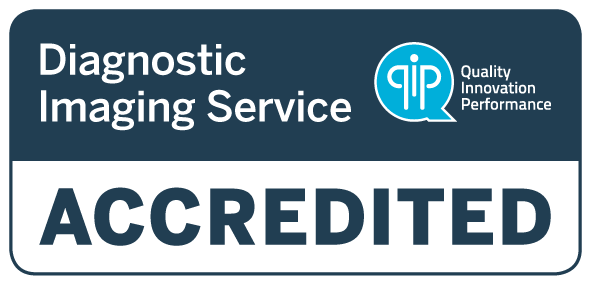An echocardiogram (echo) uses high-frequency sound waves to produce a live image of the heart as it beats.
A Transoesophgeal echo (TOE) is a type of echo in which the ultrasound transducer, positioned on an endoscope, is guided down the patient's throat into the oesophagus (the "food pipe" leading from the mouth into the stomach). An endoscope is a long, thin, flexible instrument that is about 1cm in diameter.
A Doctor might order a Transoesophgeal echo to:
- Assess the overall function of your heart valves and chambers
- Determine the presence of many types of heart disease, such as valve disease, myocardial disease, pericardial disease, infective endocarditis, cardiac masses and congenital heart disease
- Evaluate the effectiveness of valve surgery
- Evaluate abnormalities of the left atrium
What to expect during a Transoesophgeal echo test?
- Three small electrodes will be placed on your chest that is attached to an electrocardiograph (ECG) monitor that charts your heart's electrical activity.
- You will be given a solution to swallow that will numb your throat. There will also be an anaesthetic spray at the back of your throat.
- The doctor will give you intravenous medications to help you relax. You may feel drowsy, or fall asleep
- The doctor will insert a thin, lubricated endoscope into your mouth, down your throat and into your oesophagus. This part of the test lasts a few seconds and may be uncomfortable. The endoscope does not interfere with your breathing. You may be asked to swallow to help pass the endoscope.
- Once the probe is in position, pictures of the heart are obtained at various angles (you will not feel this part of the test).
- The test will take about 45 minutes.
Preparing for a Transoesophgeal echo




